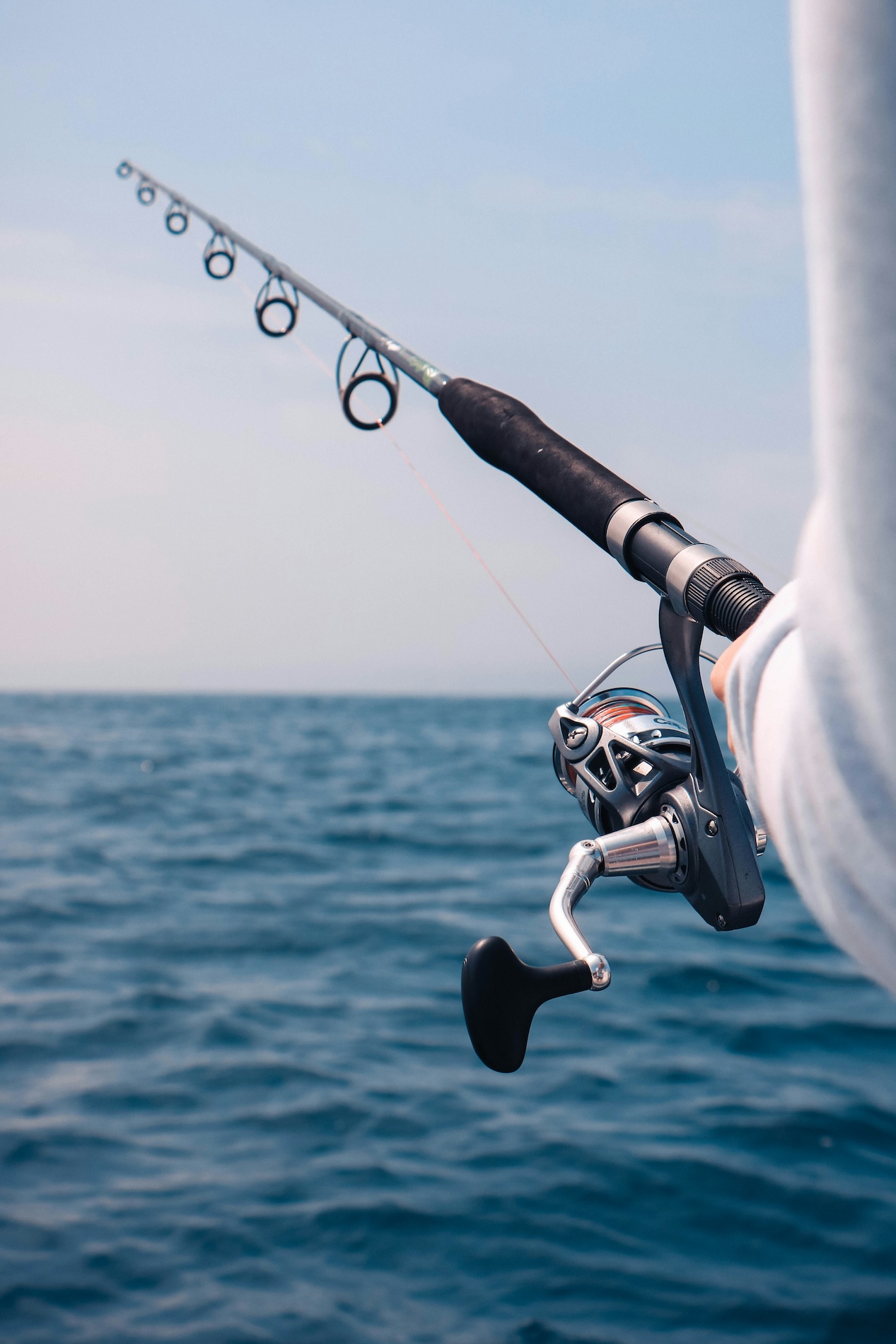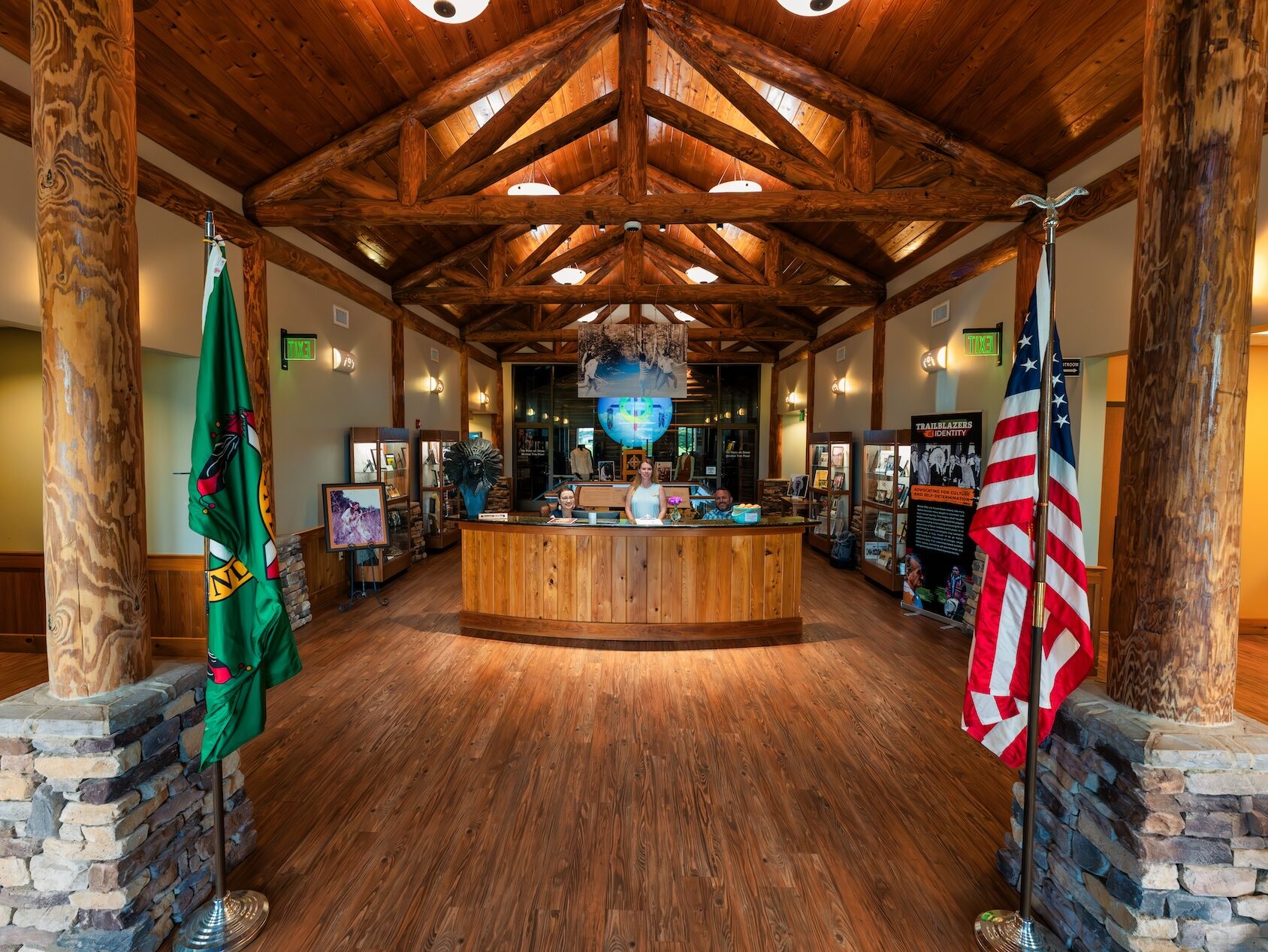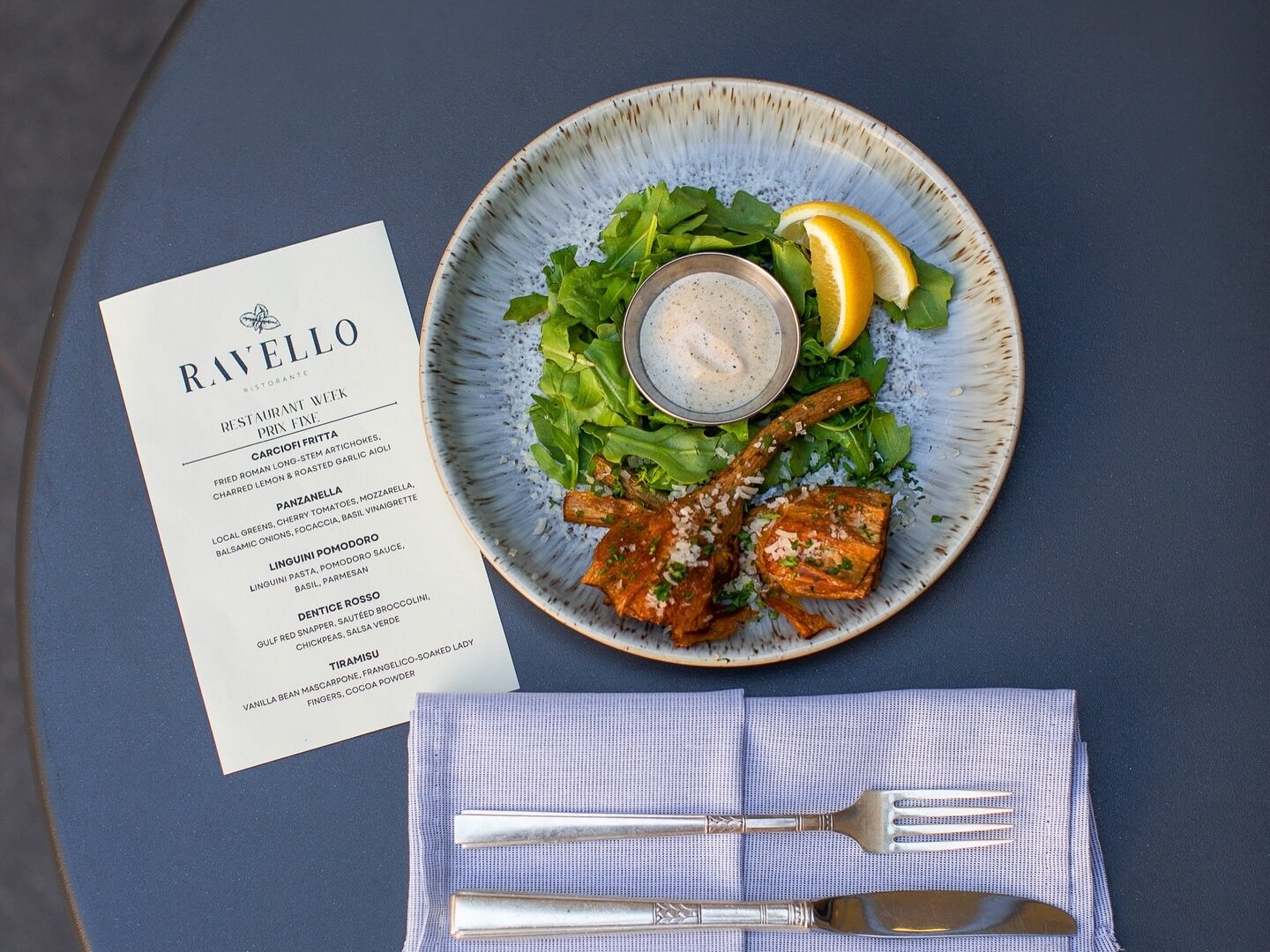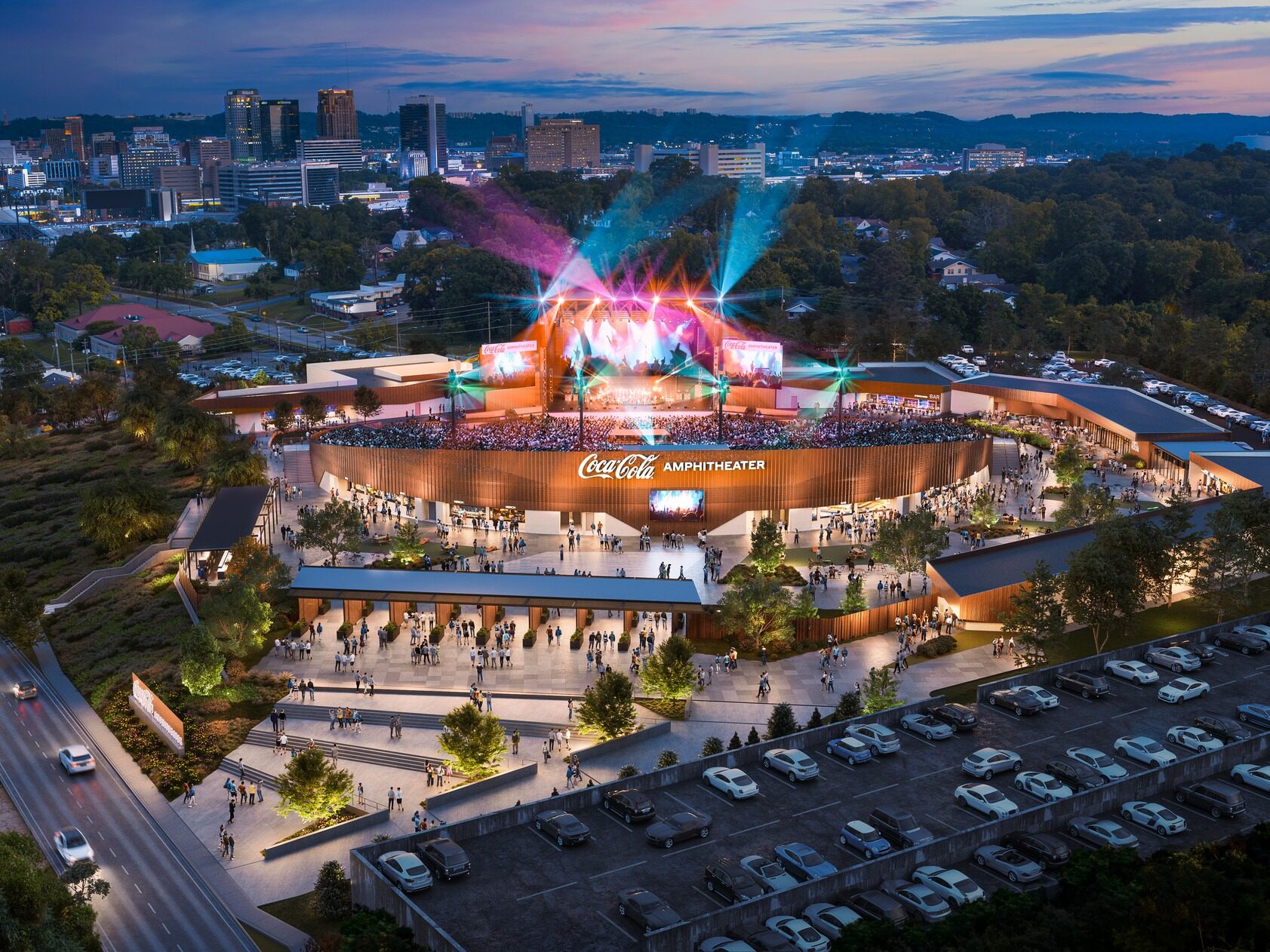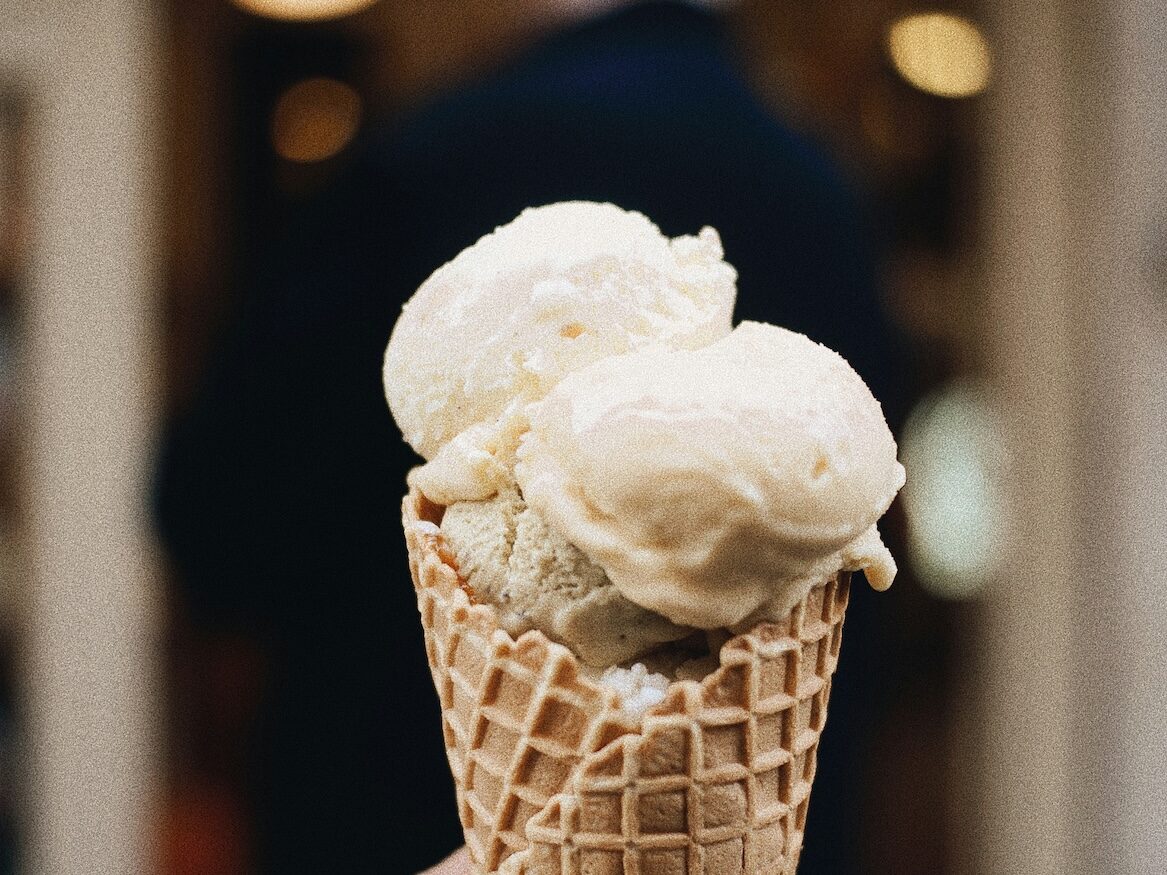The Gulf State Park Pier, in Gulf Shores Alabama has been an extremely popular point of interest for hundreds of thousands of yearly visitors to coastal Baldwin County since the original one opened over 50 years ago. This “gem of the Emerald Coast” has served the state as the centerpiece attraction for fishermen, tourists, and locals alike. Everyone can share in the myriad of sights and services such a platform raised over the Gulf of Mexico provides. For over 40 years the previous, much shorter pier drew in countless fish, fishermen, and observers curious to see what all could be seen in or pulled from the green waters lapping around its concrete pilings. Hundreds of marine fish species were landed on the old concrete pier, from bottom dwellers such as flounder, catfish, skates, and stingrays; to pelagic jacks, mackerels, tarpon; and once even a sailfish!
The “gulf pier” as it has often been called, still provides affordable access to all folks from near or far without other means of fishing the Gulf waters. Jack Jones (pier manager for a time in the 1980s) used to brag about its potential by saying he “ran the cheapest charter boat on the Gulf of Mexico in Alabama.” Because for just the cost of a fishing license and a modest admission fee, anglers were privy to many fish species that were otherwise out of reach from shore. And for just a few dollars, families are still welcome day and night to stroll along the pier, chat with fishermen, sit on the benches or observe any manner of sealife and bird life drawn to the structure.
The pier itself is a dynamic reef system providing food, shelter, shade and even light to a myriad of species living the Gulf of Mexico. So the whole web of life can be watched from its decks. From plankton drawn to the lights at night, to the herbivorous fish that feed upon that. And jellyfish and intermediate predatory species that feed on the plankton, algae and small finfish. Then comes the larger predatory fish like the lightning fast king mackerel, hard-pulling jack crevelle, or leaping tarpon. Plus playful Bottlenose dolphins, shy sea turtles, and dozens of sea birds like pelicans, herons and gulls are observed there on a daily basis. And don’t forget the sharks! These apex predators of the sea may also be seen and watched from the pier almost daily. Anglers are prohibited by law from intentionally fishing for, or landing sharks on the pier, so at times they become a hindrance to landing other fish.
The present version of the Gulf State Park Fishing and Education Pier opened in 2009 after Hurricane “Ivan” destroyed the original (all concrete) structure in September 2004. This pier is a couple of feet higher above the water, a few feet wider, and over 600 feet longer than the original. And it extends out into water over 23 feet deep. And although the pilings and frame of the pier are made of reinforced concrete, its main deck and railing were treated pine. But after more than a decade in the harsh coastal climate it became necessary to replace the deck. The $2.4 million upgrade of the pier included using ipe hardwood (a sustainable Brazilian walnut pronounced “E-pay”) for the decks and railings. Plus the addition of a 20 foot high observation platform on the end octagon. Unfortunately, Mother Nature foiled plans to reopen the pier in September 2020 when giant swells from slow-moving Hurricane “Sally” toppled six spans of the pier nearest to the end “octi”. Over 200 feet of the pier went to the bottom of the Gulf, and hundreds of the wooden panels were blown and washed away. Plus an additional 200 feet of the pier structure was damaged enough to prevent it being used. Diligent work allowed the pier to be partially reopened in late January 2021 to a length of over 700 feet. That is about half of the total length of the pier, and comparable to the length of the original pier. From this current iteration, anglers have continued to land many of the fish species accessible prior to the storm, though perhaps not in as many numbers. Of course the inshore species are still accessible including Gulf kingfish (called “whiting”), flounder, pompano, bluefish, redfish and spotted seatrout. Surprisingly a fair number of pelagic spanish mackerel are still caught during the warmer months (March through October). Occasionally jack crevelle, “bull” redfish and even a few king mackerel have been landed as well.
We expect landings to increase significantly once the breach to the outer pier is repaired and full access to the end “octi” is restored. That process finally began soon after the pier and parking lot were closed to the public in mid-November. Since then whenever the weather allows, barges have moved over the breach to recover pieces of the fallen pier section. Over 44 sections will be removed from the sea bottom and placed nearby to enhance the already sizable artificial reef system around the pier. Once that phase is completed, new piling can be sunk into the sand and patch repairs to damaged piling occur. Then new piling caps and connecting spans will restore the structural integrity of the structure all the way to the end. At that point new ipe decking and railing will be added to the outer half of the pier, along with all the infrastructure necessary to return electricity and electricity to the octagon at the end. Tentative estimates are for a reopening date near Labor Day 2024. We hope!
Alternate Venues
Meanwhile, pier and shore anglers along the Baldwin County coast have learned to adjust by exploiting other available venues including some newly renovated ones as they have become available. Local and state officials have worked tirelessly for years to enhance the from-shore fishing experiences for area residents and visitors. And several projects in South Baldwin County have demonstrated their commitment to do this. The Steve McMillan Fishing Pier and Boat Ramp at Fort Morgan is a shining example of Alabama continuing to provide top-notch fishing and other outdoor access facilities to the public. The solid 375 foot long L-shaped pier is about 40 feet wide and eight feet above the water. This design forms a breakwater to protect the dual boat ramp and attendant docks from storm waves. Since it opened to the public in late October 2022, pier anglers at Fort Morgan have caught flounder, sheepshead, mangrove snapper, plus a host of other fish species living in lower Mobile Bay. This despite the pier having no lights. It was dedicated in November 2022 to Representative McMillan (posthumously) in appreciation for his more than 40 years of work in the state legislature, championing for the district and all things fishing related.
Eastward about 15 miles, is the very popular Little Lagoon Pass Park in west Gulf Shores. From there folks can access a wooden pier extending about 200 feet into the lagoon. The 40 foot wide “T” at the end allows anglers to cast into waters over 8 feet deep. They may catch flounder, redfish, speckled trout, and croaker among other inshore fish species there, even though there is no lighting on the pier. The nearby seawall, sandbars and troughs add other dimensions of access for even more fish species such as mangrove snapper, sheepshead, pompano and bluefish.
Meanwhile, Orange Beach officials have invested almost $700,000 to replace their Waterfront Park Pier which was heavily damaged by Hurricane “Sally” in 2020. Situated between Wolf Bay and Bay La Launch, the pier is being rebuilt over the shallow water footprint of the former pier with several improvements that should make it much more interesting to fishermen. The lighting will be enhanced, which should attract more fish to the structure. Incidentally, a canal was dug along the entire west side of the pier to allow access for construction barges. This relatively deeper water in addition to the additional lighting on the pier could make it a “fish magnet” for interested anglers for years to come. Most of the waterfront property around the western end of the Perdido Pass Bridge (Alabama Point) is owned and controlled by the State of Alabama. But the City of Orange Beach has contributed much in the way of money and resources to manage, protect and enhance the fishing experience at this very popular venue in recent years. It is also a very popular spot to watch seabirds or just watch boat traffic ingress and egresses between the docks and the Gulf. Flooding and wave action from Hurricane “Sally” did a lot of damage to the seawall and nearby infrastructure. Consequently access to a portion of the seawall has been blocked off since the storm. But once federal and state permitting are approved, much needed repairs may begin sometime in the spring of 2023. Besides repairing the obvious damage to the boardwalk, some repairs are slated for the seawall too. Then the overhead lighting can be replaced, and an even brighter prospect for seawall fishermen will be the addition of new underwater lighting. According to Phillip West (Coastal Resources Manager for the City of Orange Beach), the plan is to install some submerged “green lights” along the seawall in the pass. This would greatly enhance the prospects for fishermen who use the area. Such lighting should attract and hold more baitfish to the structure of the seawall and adjacent submerged rip-rap than ever before. Making it an even more valuable venue for the fishing public into the future.
Our vibrant year round coastal fishery has been a huge feature making South Baldwin County even more attractive for many years. So with good conservation practices and forward thinking plans, it should continue to be a sustainable natural resource that draws people to visit and live in the area.
This article first appeared in the Winter 23’ AWF Magazine.
